Urgent action to make science, technology, innovation and digital transformation become breakthrough driving forces for the country
Institutional improvement is a top priority
Resolution No. 57 emphasizes the need to turn “institutions into a competitive advantage” in science and technology development, innovation and national digital transformation. In order for institutions to be truly “open and creating development” as directed by General Secretary To Lam, it is necessary to continue reviewing and removing legal barriers that are hindering research and innovation.
First of all, immediately amend the inappropriate regulations that hinder scientific and technological activities. A typical example is the retirement age limit for scientists in the public sector. It is necessary to boldly abolish the hard age limit for capable scientists, empower units to decide on the use of talents based on performance (KPI) instead of age to take advantage of the intelligence of leading experts who are still capable of continuing to work, contribute and train the next generation.
General Secretary To Lam speaks at the National Conference on Breakthroughs in Science, Technology, Innovation and National Digital Transformation, January 13, 2025. Photo: Ho Long
The Government needs to soon submit to the National Assembly a legal mechanism for technology sandboxes in areas such as fintech, AI, self-driving cars, biotechnology, etc., allowing rapid testing within an appropriate risk management framework.
At the same time, it is necessary to accept breakthrough testing mechanisms to unleash creativity. Resolution No. 57 clearly states: it is necessary to create a policy framework suitable to the nature of scientific and technological activities - which have certain delays and risks. This means that the law needs to allow for the acceptance of risks in research at a calculated level. Specifically, it is necessary to build pilot mechanisms and sandboxes for new technologies, allowing testing of technology products and services within a limited scope, under the supervision of management agencies. The Government needs to promptly submit to the National Assembly for promulgation of a legal mechanism for technology sandboxes in areas such as fintech, AI, self-driving cars, biotechnology, etc., allowing rapid testing within a suitable risk management framework. The principle is "where there is a problem, there is a solution" - the law must be updated promptly in response to new models and products that are not yet regulated by current laws. The spirit of "both strict management and development creation" needs to be thoroughly understood: the state creates flexible corridors for new technologies to emerge soon, while at the same time monitoring to protect public interests.
Finally, ensure that all policies are implemented resolutely and effectively. Resolution No. 57 established the Central Steering Committee headed by the General Secretary, demonstrating a very high political determination. The National Assembly and the Government must take the lead in "taking the lead in removing institutional barriers".
The assignment must be clear about “who does what, what is the responsibility, time and results”. Only then can “permeate awareness along with strong, synchronous steps” from the central to local levels. Open institutions and a stable legal framework will create trust and motivation for scientists and businesses to dare to invest long-term in R&D.
View of the National Conference on Breakthroughs in Science, Technology, Innovation, Creativity and National Digital Transformation, January 13. Photo: Ho Long
Radical reform of the mechanism for employing talented people
Human resources are considered the “heart” of the innovation ecosystem, but this is an inherent weakness of Vietnam. Therefore, besides institutions, human resources and finance are the two pillars that determine the success or failure of the science - technology and innovation strategy. We need a radical reform of the mechanism for employing talents. First of all, it is necessary to soon form a National Program to attract talents to participate in key projects. There needs to be a breakthrough policy on attracting experts, specifically: inviting good professors and scientists (of Vietnamese and foreign origin) to return to the country to cooperate in research through key national science - technology projects and proposals; and providing appropriate remuneration (salary, housing, working conditions) commensurate with income and opportunities in developed countries.
Along with attracting external talent, it is necessary to nurture and promote domestic resources, especially the young generation. It is necessary to expand the scale and improve the efficiency of innovation support funds and young talent funds to incubate creative ideas from the laboratory to the market. Currently, the Government has assigned ministries and branches to research and establish an Innovation Fund to promote national innovation. When formed, this fund will provide seed capital for promising research projects, especially prioritizing young scientists and technology startups . In addition, it is possible to mobilize the private sector to contribute to the fund according to the public-private partnership model to increase resources.
Google announced that it will provide 40,000 scholarships to Vietnamese students at an event held within the framework of the Vietnam International Innovation Exhibition 2023 (VIIE 2023). Source: en.vietnamplus.vn
Along with that, it is necessary to launch a national movement to train digital skills for the entire population. The State should support large-scale upskill and reskill programs , from basic training in information technology and data for civil servants to specialized courses in programming and AI for students and engineers. Programs such as the collaboration between NIC and Google to train digital talent for thousands of students should be replicated. The goal is to have 80% of adults with basic digital skills by 2025, and by 2030, the workforce will be ready for the digital economy.
Enterprises must be at the heart of the innovation system.
It is necessary to create an environment that encourages all businesses, especially domestic private businesses, to actively invest in innovation. First of all, use tax and credit leverage to encourage businesses to increase spending on R&D. The regulation on allocating a maximum of 10% of pre-tax profits to the Science and Technology Development Fund should be abolished and constraints on the corporate R&D fund should be loosened. Instead, a more direct form of encouragement can be applied: for example, allowing a deduction of 150% of R&D costs from deductible expenses when calculating corporate income tax. This will create a strong financial incentive for businesses to “take more risks in technological innovation projects and develop new products”. At the same time, there should be preferential credit policies (low interest rates, loan guarantee funds) for technology businesses, especially innovative startups, so that they have the resources to implement their ideas.
Next, develop innovation centers and technology incubators connecting businesses and universities. Consider establishing a number of national innovation centers in potential localities (Ho Chi Minh City, Da Nang, etc.), creating a regional network. Form sandbox areas , living laboratories for new technology fields.
In addition, improving the business environment and startup ecosystem is also very important. For enterprises to truly become innovation centers, a series of synchronous solutions are needed. First, it is necessary to innovate the governance mechanism of state-owned enterprises, incorporate criteria for innovation and long-term efficiency into leadership evaluation, and encourage them to dare to think and dare to do. Second, it is necessary to support small and medium-sized enterprises in terms of capital (through innovation support funds, credit incentives), technology (connecting with institutes, experts), and markets (helping them participate in large supply chains) to reduce risks when investing in innovation. Third, building innovation clusters (innovation hubs, tech parks) where enterprises, startups, and institutes cooperate and share resources.
The ultimate goal is to create a generation of Vietnamese businesses that consider innovation as a core culture. At that time, businesses will become the “main engine” that pulls the entire ecosystem forward – in line with the spirit of Resolution No. 57, which wants “businesses to truly be the center of innovation”.
Modern infrastructure and international cooperation
The digital ecosystem will find it difficult to develop sustainably if people and businesses lack confidence in the safety of the network environment. Therefore, strengthening information security and safety must go hand in hand with building digital infrastructure. Resolution No. 57 also emphasizes that ensuring “information security, safety, and data protection” is a consistent requirement in the process of developing national digital transformation.
Thus, digital infrastructure and digital data are two fundamental aspects that need to be prioritized for investment and completion. In the immediate future, priority should be given to developing modern digital infrastructure. Vietnam needs to mobilize public and private resources to expand digital infrastructure to remote areas, narrow the digital gap between localities; accelerate the deployment of 5G networks nationwide, and move towards testing 6G technology when possible.
Along with that, soon build a large-scale national data center and mechanisms for connecting and sharing inter-sectoral data to serve the data storage and processing needs of the Government and businesses. Encourage the development of strong domestic cloud computing platforms to ensure the safety of Vietnamese data. Invest in key laboratories on artificial intelligence, biology, and new materials; upgrade the facilities of public research institutes in a modern and open direction for businesses and universities to use together.
In every project, it is necessary to thoroughly grasp the requirements of ensuring cyber security and national digital sovereignty. Resolution No. 57 clearly states: ensuring information security, safety and data security is a "persistent, inseparable" requirement in the process of developing science and technology, innovation and national digital transformation. Therefore, digital infrastructure systems need to comply with security standards right from the design. Important data must be stored securely, with backup plans in place. Developing the digital economy without sacrificing national security - this is a consistent principle. Vietnam also needs to proactively build cyber defense capacity on par with advanced countries, in order to protect digital infrastructure from the increasing risk of cyber attacks.
Regarding international cooperation, Vietnam should actively seek support from partners and multilateral organizations to promote innovation. First of all, attract the world's leading technology corporations to set up R&D facilities in Vietnam through incentives and the PPP model. The State needs to provide attractive enough incentives (on taxes, land, human resources) and ensure intellectual property rights so that foreign enterprises can confidently invest in R&D. Along with that, strengthen policy cooperation with international organizations such as OECD, WIPO, and the World Bank.
Resolution No. 57 has clearly outlined the path to turn science and technology, innovation and digital transformation into the driving force for national development. The core issue now is action. From the central to local levels, from the public to the private sector, everyone must join hands to realize the tasks set out in Resolution No. 57. It is necessary to clearly define each goal, for example, completing the sandbox legal corridor in the next 1-2 years; achieving 10 researchers/10,000 people by 2025; bringing 5G coverage nationwide by 2027; attracting a certain number of overseas Vietnamese experts to return home each year... and making every effort to achieve them.
If done well, the benefits will be enormous. Experts say that Vietnam can absolutely achieve sustainable double-digit GDP growth thanks to the driving force of innovation and the digital economy. By 2030, Vietnam can even rise to the group of leading countries in the region in innovation, on par with Singapore and South Korea. When science and technology truly make a breakthrough, we will solve many difficult problems of development: labor productivity will skyrocket, the economy will shift to a higher value level, and at the same time, we will better solve social and environmental problems with scientific solutions. That is the path to realizing the aspiration of becoming a developed, high-income country by 2045.
That future is within our reach if we take decisive action today. Investing in science, technology and innovation is investing in the future. With the spirit of daring to think, daring to do and the desire for innovation, Vietnam will certainly take advantage of the "golden opportunity" from the current technological revolution, rising to become a dynamic and prosperous innovative nation. Breakthrough or backward - the answer will depend on our steps in the coming years, in the light of Resolution No. 57. Let's join hands to remove bottlenecks, unleash maximum creativity for a strong Vietnam.
With the spirit of daring to think, daring to do and the desire for innovation, Vietnam will certainly take advantage of the “golden opportunity” from the current technological revolution, striving to become a dynamic, prosperous, innovative country. Breakthrough or backward – the answer will depend on our steps in the coming years, in the light of Resolution No. 57.
References:
Resolution 57-NQ/TW, Government Action Program (NQ 03/NQ-CP 2025); Strategy for Science, Technology and Innovation to 2030 (Decision 569/QD-TTg); speech of Prime Minister Pham Minh Chinh at the inauguration ceremony of Samsung R&D; Conference "ICT Spring Meeting 2025" of the Ministry of Information and Communications; Workshop on Strategy for Science, Technology and Innovation Development 2030 (December 2023); VTV, VnExpress, VietnamNet, VnEconomy, Government Newspaper, People's Representative Newspaper...
Presented by: Duy Thong
Source: https://daibieunhandan.vn/bai-2-chung-tay-thao-go-diem-nghen-giai-phong-toi-da-suc-sang-tao-vi-mot-viet-nam-hung-cuong-post409156.html



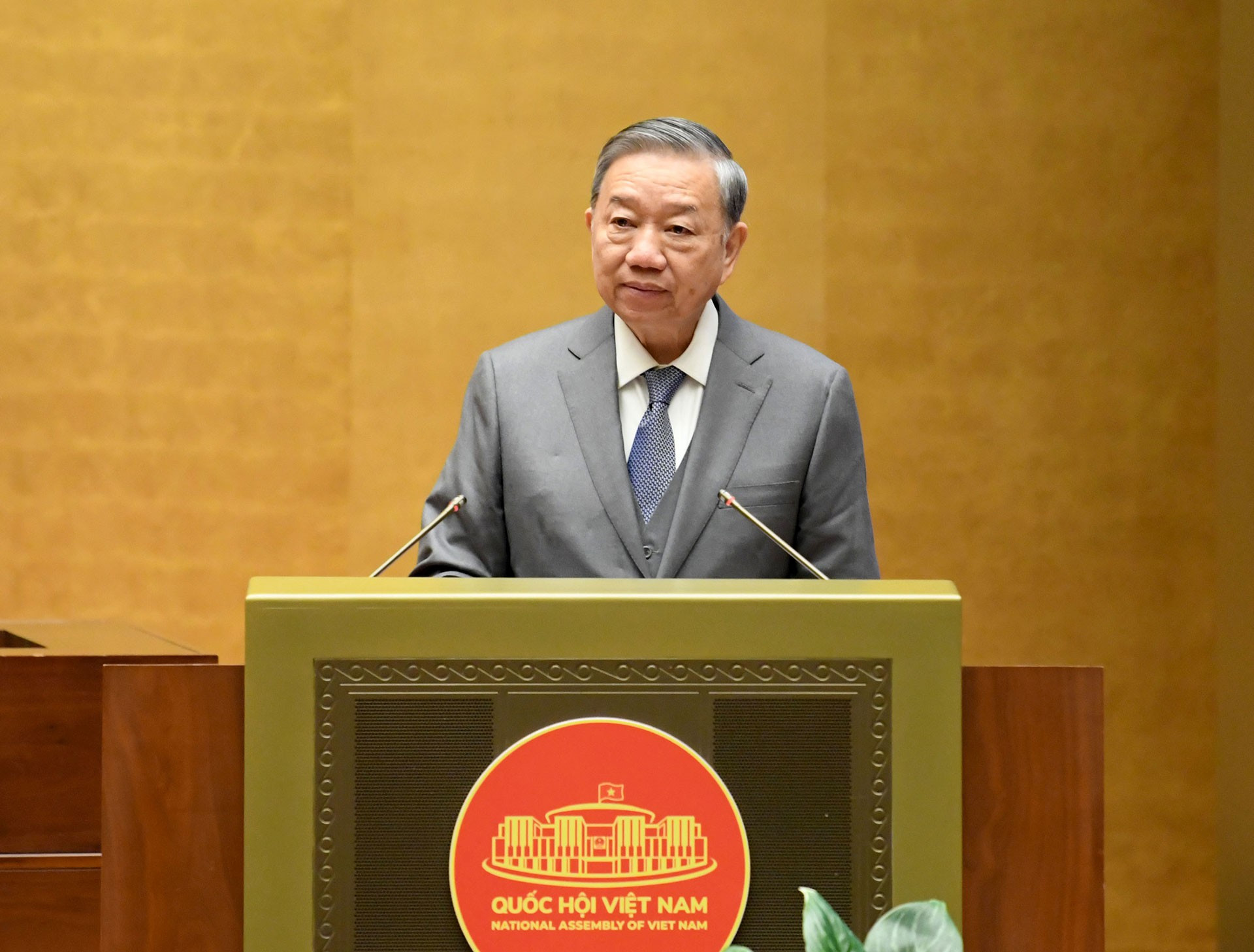
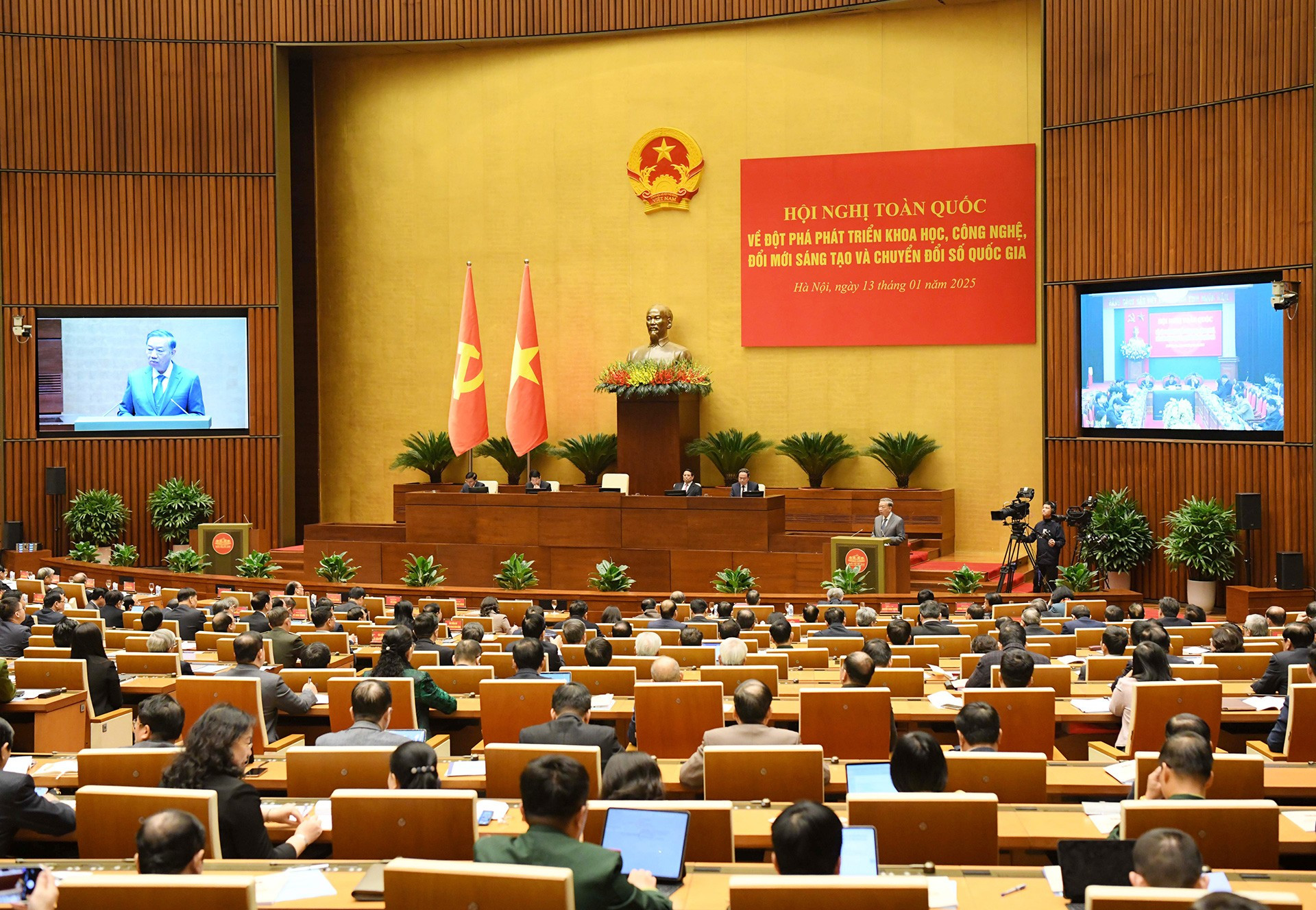
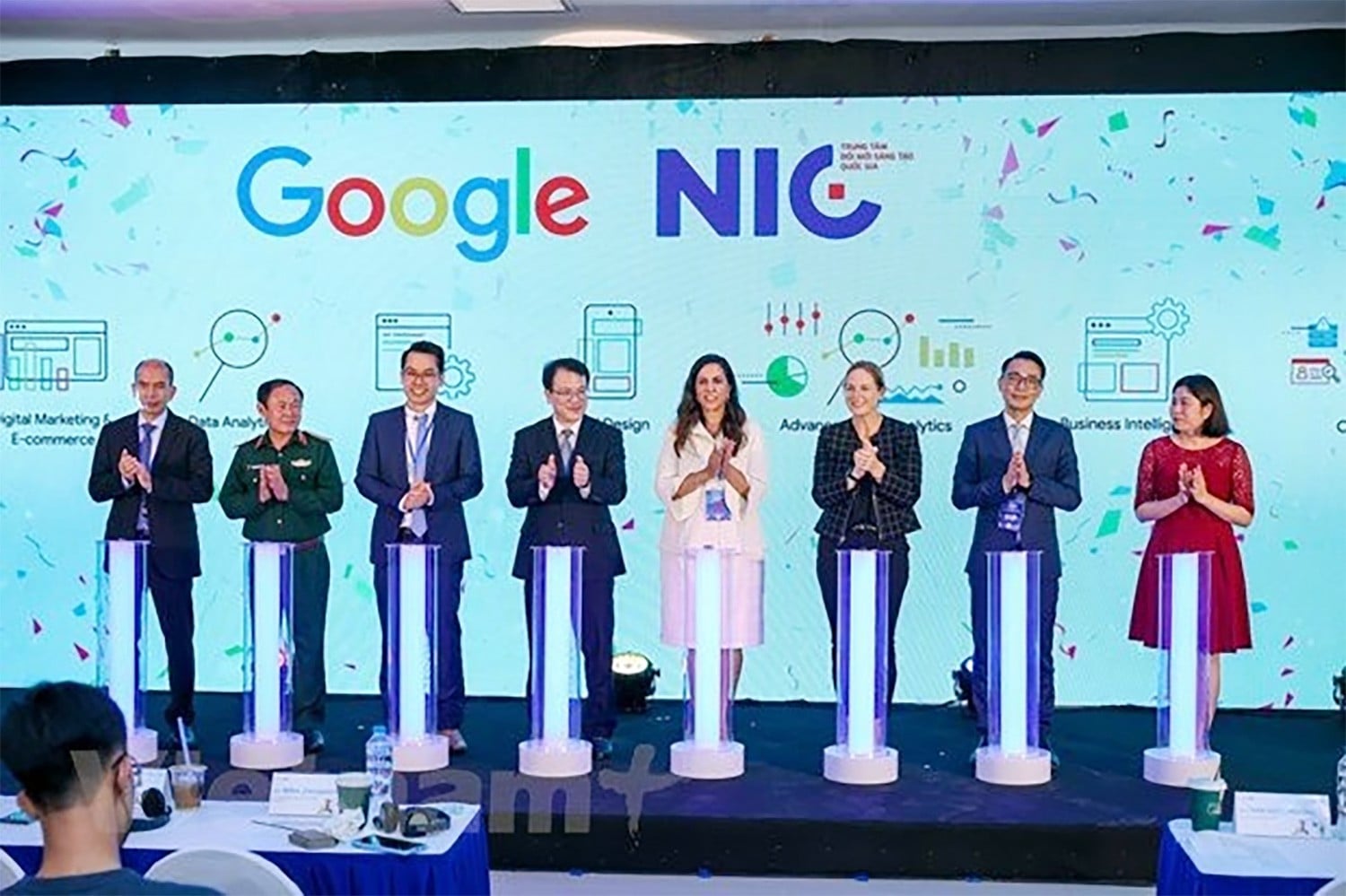



![[Photo] President Luong Cuong attends the inauguration of the international container port in Hai Phong](https://vphoto.vietnam.vn/thumb/1200x675/vietnam/resource/IMAGE/2025/5/13/9544c01a03e241fdadb6f9708e1c0b65)



![[Photo] Prime Minister Pham Minh Chinh meets with US business representatives](https://vphoto.vietnam.vn/thumb/1200x675/vietnam/resource/IMAGE/2025/5/13/5bf2bff8977041adab2baf9944e547b5)

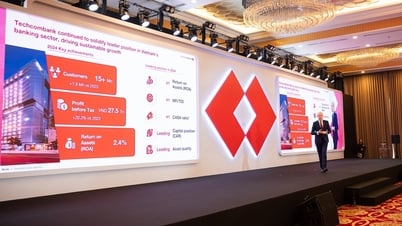







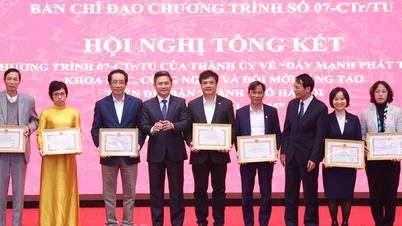

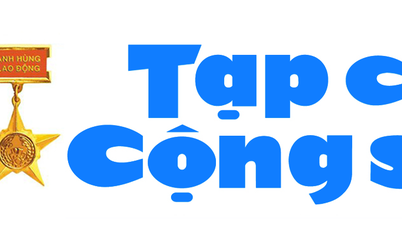


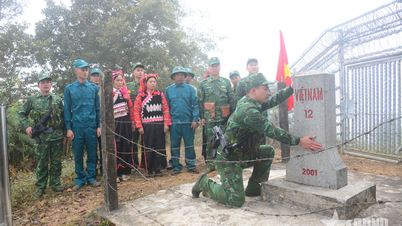







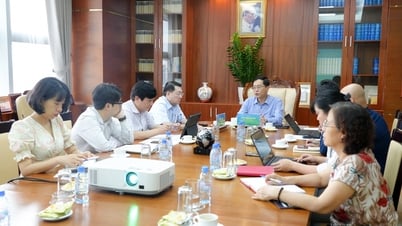




















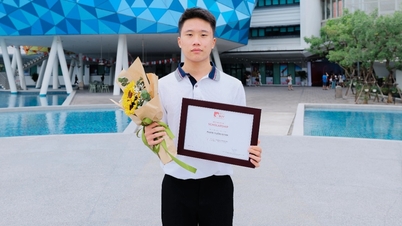




























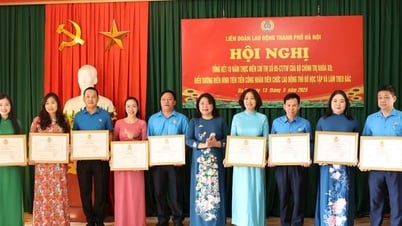



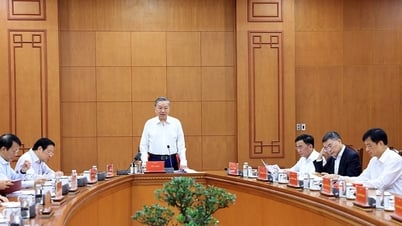













Comment (0)